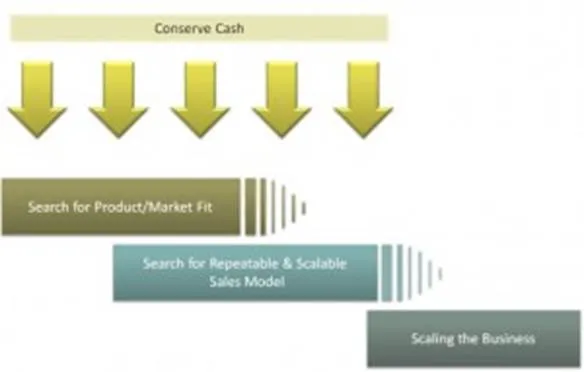Recently, the concept of “Growth Hacking” has been getting a lot of attention as the future of marketing following the growth tactics of Sean Ellis (in fact, Ellis coined the term). The term has taken on a meaning to mean a certain hybrid between marketer and developer (thus the term “hacker”) and originated within technology startups. However, a growth hacker does not need to be a developer, as Ellis explains.
Growth hackers in startup companies find ways to use incoming data on their customers or users to determine their best practices for acquiring new customers. This is possible due to the new nature of what a product can be. For a long time, products were physical goods – such as a book, hammer, or deck of cards. Now, products are often lines and lines of code that lead to a functioning online platform.
Because of this shift, products can now play a role in their own adoption. Take for example the plethora of APIs (Application Programming Interfaces) available to developers. Many sites now incorporate a “sign up with Facebook” or “click here to Tweet this article” buttons. These functionalities are ways for those products (Facebook and Twitter) to aid in their own adoption. They market themselves, and these channels can be automated.
Trackable
Through APIs and other analytics tools such as Hootsuite, MailChimp, Google Analytics or KISSmetrics [link to Supporting Content], founders can track their best sales channels and campaigns. A campaign is any update or Call To Action through any channel – for example email, Facebook update, Twitter update, blog post, or video. By installing analytics into your social media or outreach tools, you can understand where your traffic is being referred from and focus on the most effective campaigns.
Almost all analytical tools such as Google Analytics or KISSmetrics will require adding a few lines of code from their platform into your own product. It is extremely important to be sure these analytical tools are dedicated to maintaining fast load times as to not slow down your product and diminish its value.
To successfully track your startup’s success, you need to determine your Key Performance Indicators, or KPIs. There are tons of vanity metrics out there, such as likes, shares, followers, etc. However, these in most cases do not give a true measure of anything; you must define what success is for your startups.
Let’s take for example a startup that wants to acquire 50 users this month. This may seem like a daunting task, but tying it back to other, more palatable metrics can help. If you estimate a 5% conversion rate, you know that to get 50 users you will need to get your product in front of 1,000 people. Choosing relevant and measurable KPIs to work towards is crucial to early startup success.

Repeatable
· If your process involves salespeople, you can add new hires and they can achieve the same productivity level as the original sales team.
· If it’s a touchless web sales model, your web traffic converts in a predictable way through your web site.
Scalable
v You can increase the sources of your leads and/or web traffic without reaching a near-term limit.
v The resources (e.g. salespeople) in your conversion funnel can easily be scaled without reaching a near-term limit.
v Your cost to acquire a customer (CAC) is significantly less than the amount you can monetize them over the customer’s lifetime.
v In a SaaS business, I recommend that lifetime value (LTV) should be more than three times higher than CAC.
v It should also be possible to recover CAC in less than 12 months for a capital-efficient startup.
v LTV should be calculated using gross profit (not revenue) after cost of goods, cost to serve and cost of on-boarding.


